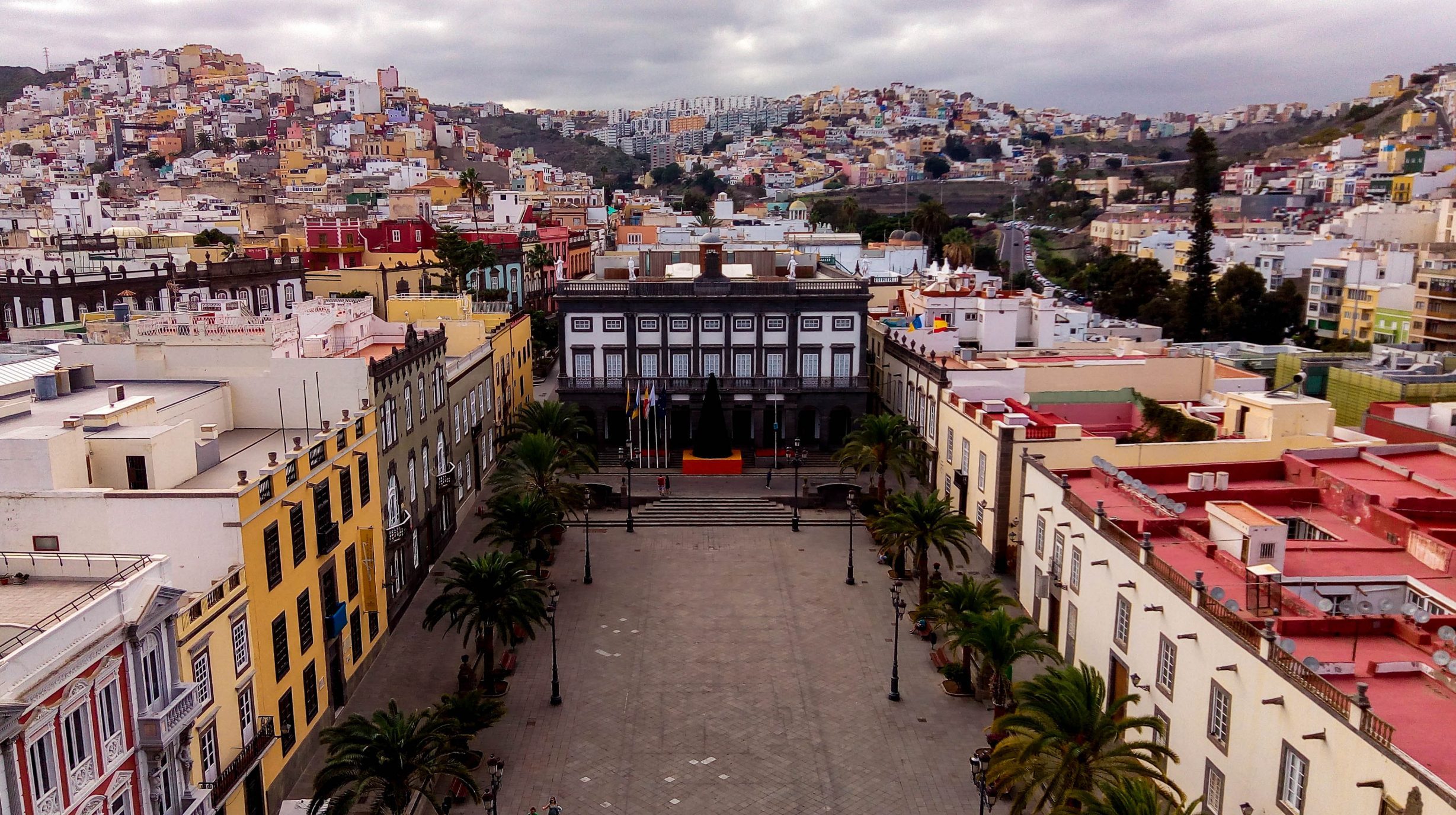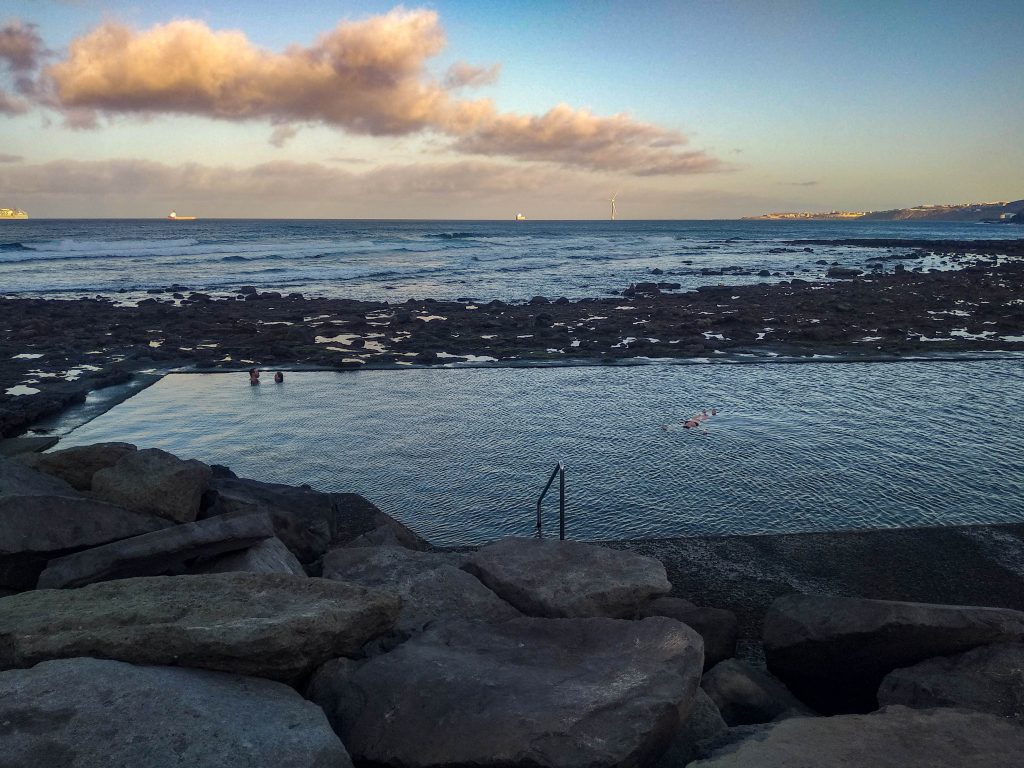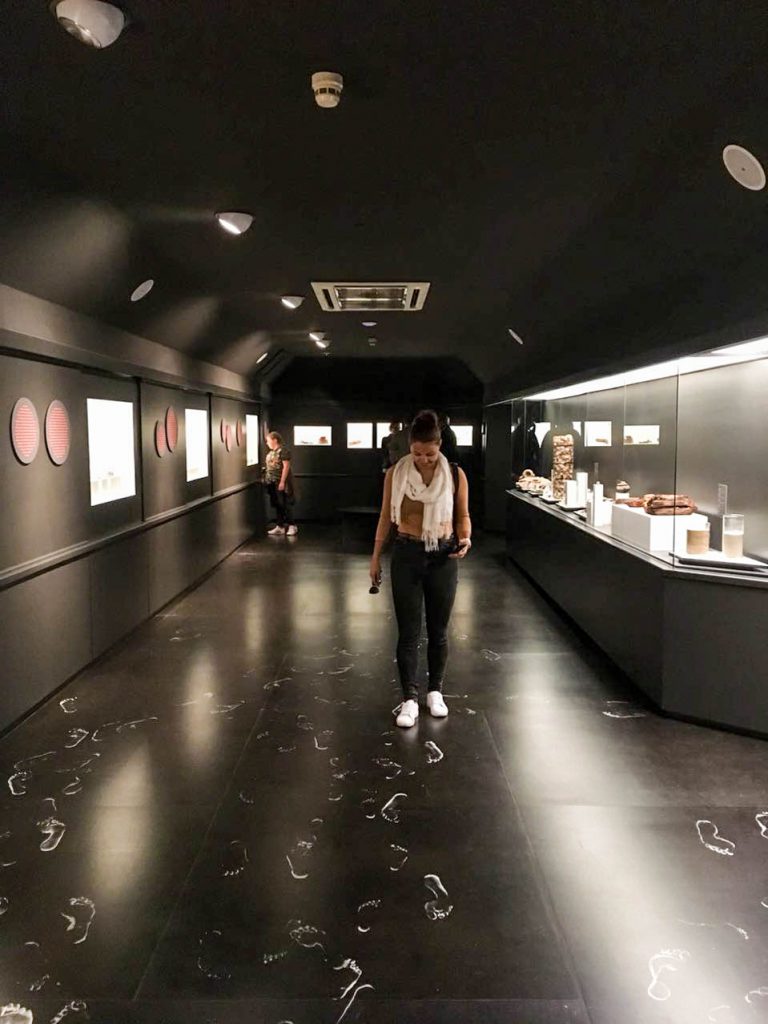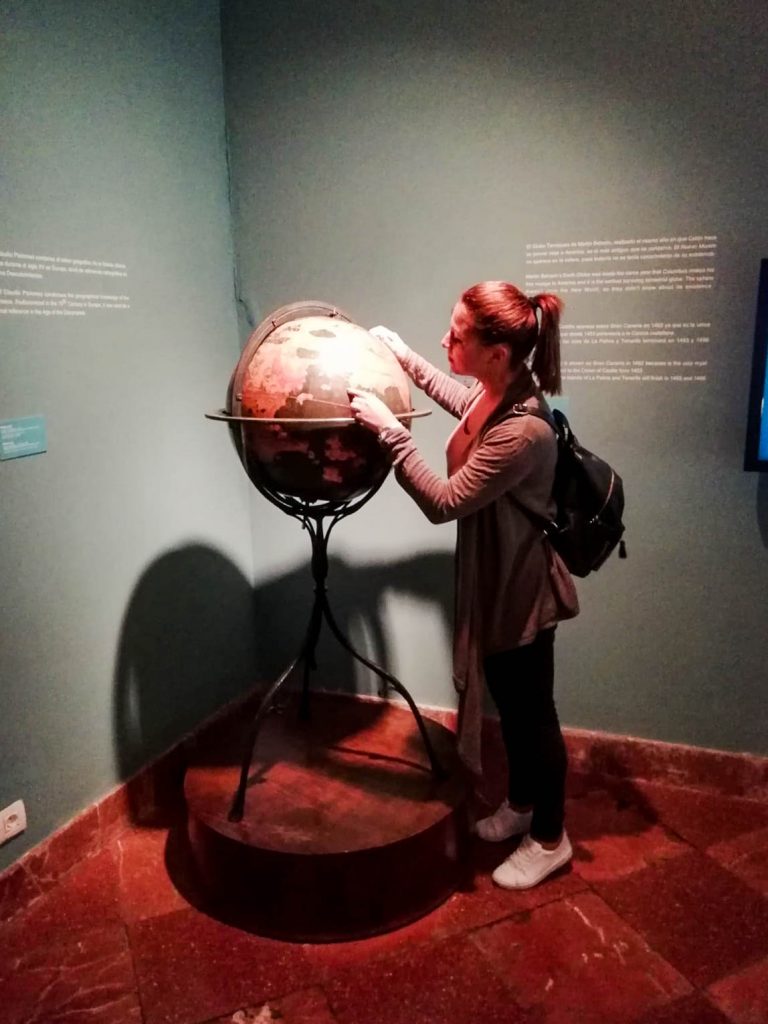
Discover the Best of Las Palmas de Gran Canaria (I)
Take a look, discover and fall in love with Las Palmas de Gran Canaria, the capital of Gran Canaria Island. One of the few capital cities in Spain with kilometers of beach.
Las Palmas de Gran Canaria is located in the north-eastern part of the island, 20km away from the airport (around 20 min by car).
It has diary connections by plane and boat with the other islands from the archipelago and. On the other hand, it is an important base for cruise ships. Their season starts in September/October and ends in May/June.
Whatever you are looking for a city life or a sandy beach holiday, here, you have both worlds. In this cosmopolitan city, you have a lot to do and see, such as museums, art collections, parks, amazing architecture, shops, beaches, and so on. If you like shopping, you have four shopping centers to choose from: El Muelle, Las Arenas, La Ballena, 7 Palmas, as well as the shopping areas of Triana and Mesa y López.
Short History about Las Palmas de Gran Canaria
The city was founded in 1478 and got the name Las Palmas because of the abundant palm trees found here.
It has an important cultural and historical heritage (most of them in the old town – Vegueta).
In 1990, Vegueta has been declared a UNESCO World Heritage Site.
The oldest houses, dating from the late 15th century, are found in the old town, Vegueta, along with the cathedral of Santa Ana (1497) and the house of Christopher Columbus.
Until 1883, when the construction of the port has begun, Las Palmas was growing slowly.
Nowadays, Puerto de la Luz is one of the most important in Europe.
What to see?

Beach and Natural Pools La Laja
Coming from the south, at the entrance of Las Palmas de Gran Canaria, you´ll see this beautiful place called La Laja. You can get there by car or by bicycle if you´re coming from the city of Las Palmas de Gran Canaria. (Around 10 km away from the center)
La Laja Beach is different from the others because it is a black sand beach with various natural pools. Besides, it has a pleasant promenade and a dam to protect it against the waves.
It is the perfect place for surfing and bodyboarding. It has easy access and an extensive parking place.
2. San Cristóbal Neighbourhood
San Cristóbal is a sailor quarter characterized by its colorful houses and a wide range of fish restaurants. You can also see the Tower of ¨San Pedro Martir (San Cristóbal Castle), built-in 1577 and rebuilt in 1638. It aimed to defend Las Palmas de Gran Canaria in the sixteenth century and had military use until the nineteenth century.

3. Vegueta – The Old Town
Vegueta is the best known and most visited place in the city. A walk to the historic part of the city is a MUST for everyone, not only for history lovers.
Here, you can visit the Cathedral and go up to the tower to see the great views of Santa Ana´s Square.


Another important building is the House of Cristopher Columbus. During his trips to the Americas, he used to do his last stop in the Canary Islands. This house is famous not only because of him but also because here was born one of the best-known tenors in Spain, Alfredo Kraus. Nowadays, the house is a museum showing to the visitors the history between Gran Canaria and América.
If you want to learn more about the Canarian people and how their aborigines lived, you must go to the Canary Museum.


The main contemporary art museum is also located in Vegueta. Atlantic Center of Modern Art (Centro Atlántico de Arte Moderno – CAAM), whose trajectory places it as one of the most avant-garde and interesting rooms on the national art scene,
Last but not least, Guiniguada Theatre a city landmark and one of the exhibition halls of the International Film Festival of Las Palmas de Gran Canaria.
4. Triana Neighbourhood
Triana (together with Vegueta) is one of the oldest parts of the city and one of the principal commercial areas of Las Palmas de Gran Canaria. This part of the city stands out for its beautiful streets, wide range of shops and a diverse gastronomic offer.
Most of the streets are pedestrian so, you can visit them on foot and enjoy the building’s facades. Their architecture is incredible because many houses keep the old facades, the canary balconies, and wooden doors and windows.
Things to do and see in Triana:
- Pérez Gáldos Theatre is one of the city´s emblematic buildings. It was named after Spain´s most famous writer after Cervantes. It offers a diverse program of classical recitals, jazz concerts, plays, and more.
- Benito Pérez Galdós House is now a museum open to visitors on the Street Cano. This house from the XIX century belongs to the Canarian writer. Visitors will find here a large sample of the Galdós legacy that includes works of art, manuscripts, letters, photographs, etc.
- Therefore, Literary Cabinet (Gabinete Literario) is another attraction because of its neoclassical style with modernist decoration.
This multidisciplinary cultural institution is aimed at the creation and dissemination of any artistic manifestation, as well as the dual management of cultural and socio-business events. - San Telmo Park is a large square with playgrounds for children, a church, and a nice kiosk where you can have a drink. Here is the island’s main bus station.
5. Doramas Park
Next to Néstor Museum and the famous Hotel Santa Catalina shows us a beautiful landscape characterized by the flora of the Canary Islands.
Inside Doramas Park, you can also visit the ¨El Pueblo Canario¨ (Canary village). It is a sample of traditional Canarian architecture where the Néstor Museum is located, dedicated to Nestor Fenández de la Torre (a modernist painter).
The historic Hotel Santa Catalina has colonial architecture and was inaugurated in 1890.
Click here for the second part :-)
Sharing is caring:
You can find me on my social networks:
